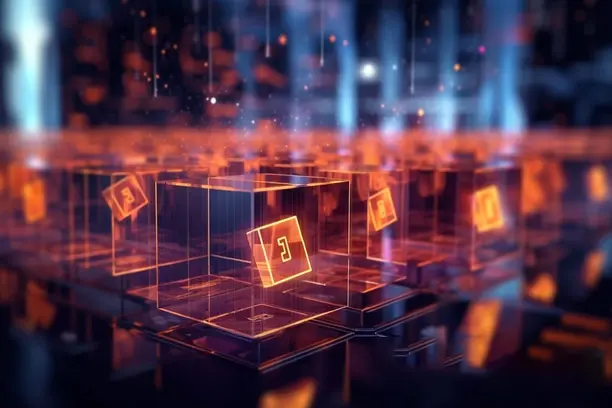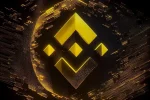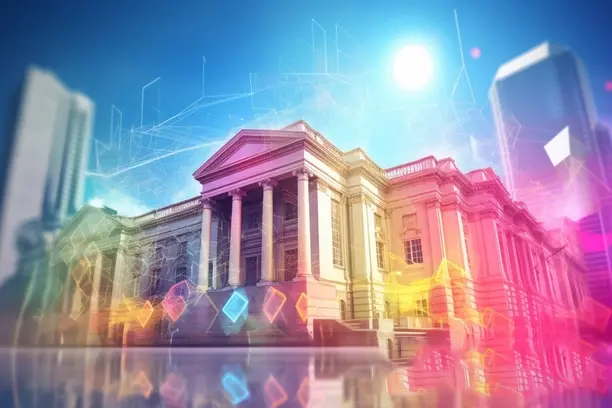Blockchain games are significantly different from traditional games, especially in terms of asset ownership, economic modeling, and in-game transactions. Blockchain games make use of blockchain technology to allow players to own real digital assets and conduct decentralized transactions and value-added. Traditional games, on the other hand, are mostly controlled by developers or platforms, and players' assets cannot be freely moved or realized. In this article, we will analyze these differences in depth to help readers understand more clearly the differences between blockchain games and ordinary games.

The fundamental difference between blockchain games and ordinary games
The biggest difference between blockchain games and ordinary games is the ownership of assets in the game. In traditional games, items and characters belong to the developer or game company, and players can only use them within the game and cannot freely transfer or realize them. Blockchain games, on the other hand, utilize blockchain technology to give players real ownership rights, and these digital assets can be traded, transferred, and even increased in value on the blockchain.
These blockchain games often use non-identical tokens (NFTs) to represent in-game items or characters. These NFTs are not only in-game items, but can also be bought and sold on external platforms and may even increase in value as the game progresses. In contrast, traditional game items can only circulate within the game and have no direct connection to the outside world.
Economic Modeling of Gaming: The Difference Between Blockchain and Traditional Gaming
The economic model of blockchain games is usually very different from that of traditional games. In traditional games, the operation model mainly relies on the revenue of developers or platforms, and the consumption of players is basically one-way, and the items obtained after payment cannot be re-sold. Blockchain games, on the other hand, present a new "player-generated income" model. In addition to earning in-game tokens through the experience of playing the game, players can also earn additional revenue by trading their NFTs.
The economic system in a blockchain game usually consists of several key elements: a token economy, NFT items, and a decentralized marketplace. In such an economic model, players not only enjoy the gameplay, but also receive real monetary rewards for their participation in the game's ecosystem. In contrast, traditional games generate more revenue from in-game purchases or one-time payments, making it nearly impossible for players to earn real money from the game itself.
Blockchain games have a more sustainable economic model and offer more opportunities for players to participate.
Game Publishing Models: The Difference Between Blockchain and Traditional Games
The traditional game distribution model is usually controlled by the game company or platform, and players can only download and play the game from the official platform or game store. Game updates, maintenance, and even changes in game content are all controlled by the developer. Such a model makes game operation highly centralized, and players' choices are relatively limited.

In contrast, blockchain games rely more on a decentralized structure. Based on blockchain technology, transactions and data storage in blockchain games do not rely on a single company or server, but are distributed across blockchain nodes around the world. This design not only improves the game's resistance to interference, but also makes game updates and operations more transparent and fair.
The blockchain game distribution model is decentralized, giving players more power and choice.
Player Experience: The Difference Between Blockchain Games and Regular Games
From a player's perspective, the experience of blockchain games is fundamentally different from that of traditional games. Traditional games typically focus on the content experience and storyline of the game, with the player focusing more on how to complete the game's tasks and challenges. Blockchain games, on the other hand, not only provide these basic entertainment experiences, but also focus on how to create sustainable economic activities and asset transactions.
In a blockchain game, every behavior of the player, such as the acquisition of in-game items, character upgrading, and even the investment of game time, may have a direct impact on the player's assets. This game design encourages players to consider how to utilize in-game resources to increase the value of their digital assets while enjoying the game.
Blockchain gaming is not just entertainment, it's an asset management experience.
Transparency and Security: The Benefits of Blockchain Gaming
The transparency and security of blockchain technology is the biggest highlight of its application in the gaming field. All transactions and behaviors on the blockchain are recorded and made public, making blockchain games more transparent than traditional games. Players are able to view the origin of their assets, the history of their transactions, and the true value of their items, all of which cannot be tampered with.
The transparency of traditional games is relatively low. Game developers have control over all data in the game, and players' assets and achievements are usually only viewable within the game. Such a design can easily raise questions about the fairness of the game, especially when it comes to item trading and competitive events.
The transparency and security of blockchain gaming provides a higher level of trust for players.
Challenges and Future Development of Blockchain Games
Despite its many advantages, blockchain gaming also faces a number of challenges. The learning curve for blockchain games is steep, and many players have little understanding of cryptocurrencies and blockchain technology, which can be a barrier to entry. The ecosystem of blockchain gaming is still in the early stages of development, and there are many risks, including problems such as game developers running out of business and sharp fluctuations in the value of tokens.
With the advancement of technology and the maturity of the market, blockchain games are expected to welcome wider popularity in the future. With the participation of more players and developers, the economic model, gameplay and player experience of blockchain games will be more perfect, and the future blockchain game market will likely show a more diversified and innovative development pattern.
The future of blockchain gaming is full of potential, with more opportunities and challenges to come as the technology matures.
In conclusion, blockchain games are significantly different from traditional games in terms of asset ownership, economic model, and distribution mode. Blockchain games provide players with more control and earning opportunities, but also bring new challenges and risks. With the development of technology, blockchain games are expected to become one of the mainstream gaming areas in the future.














